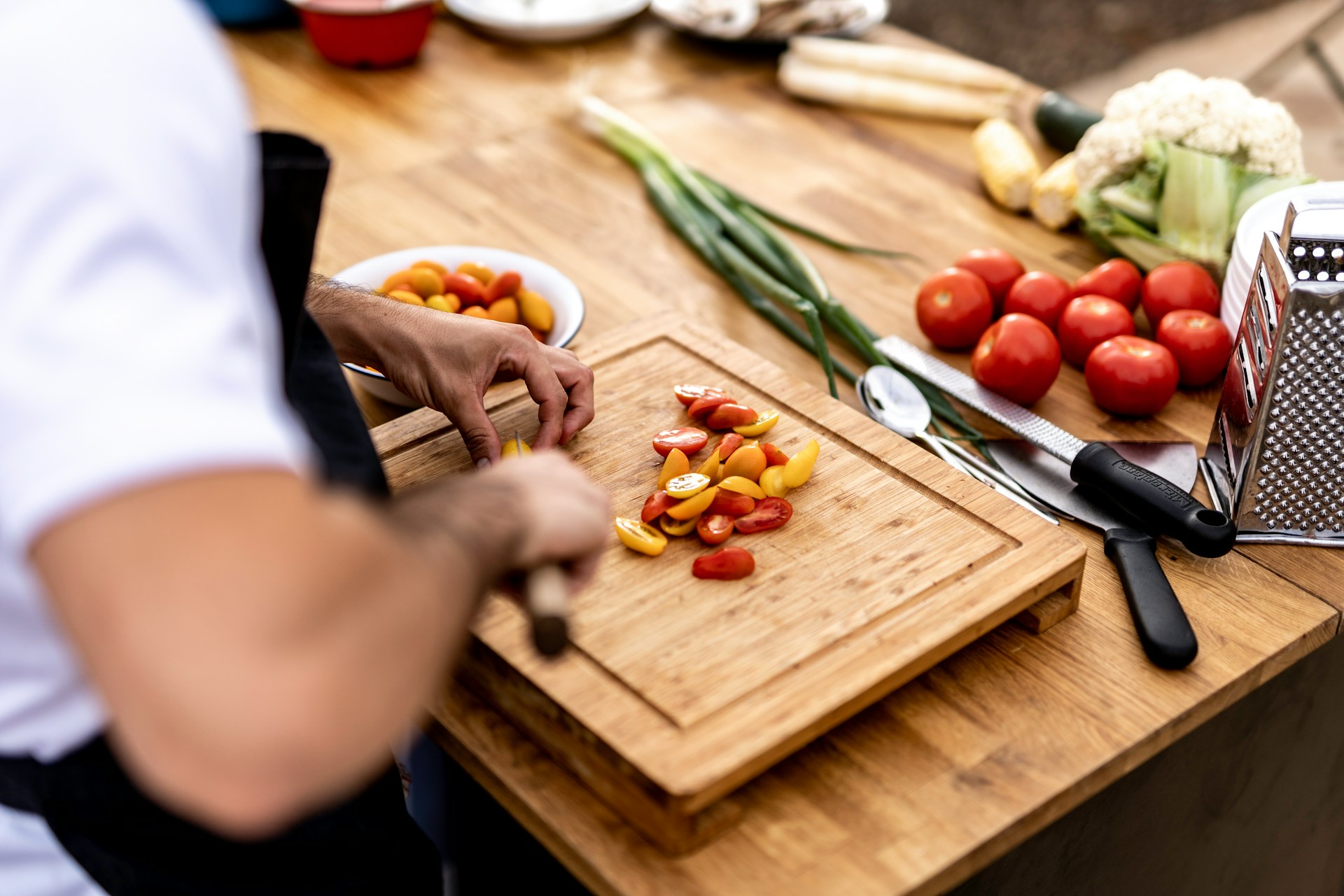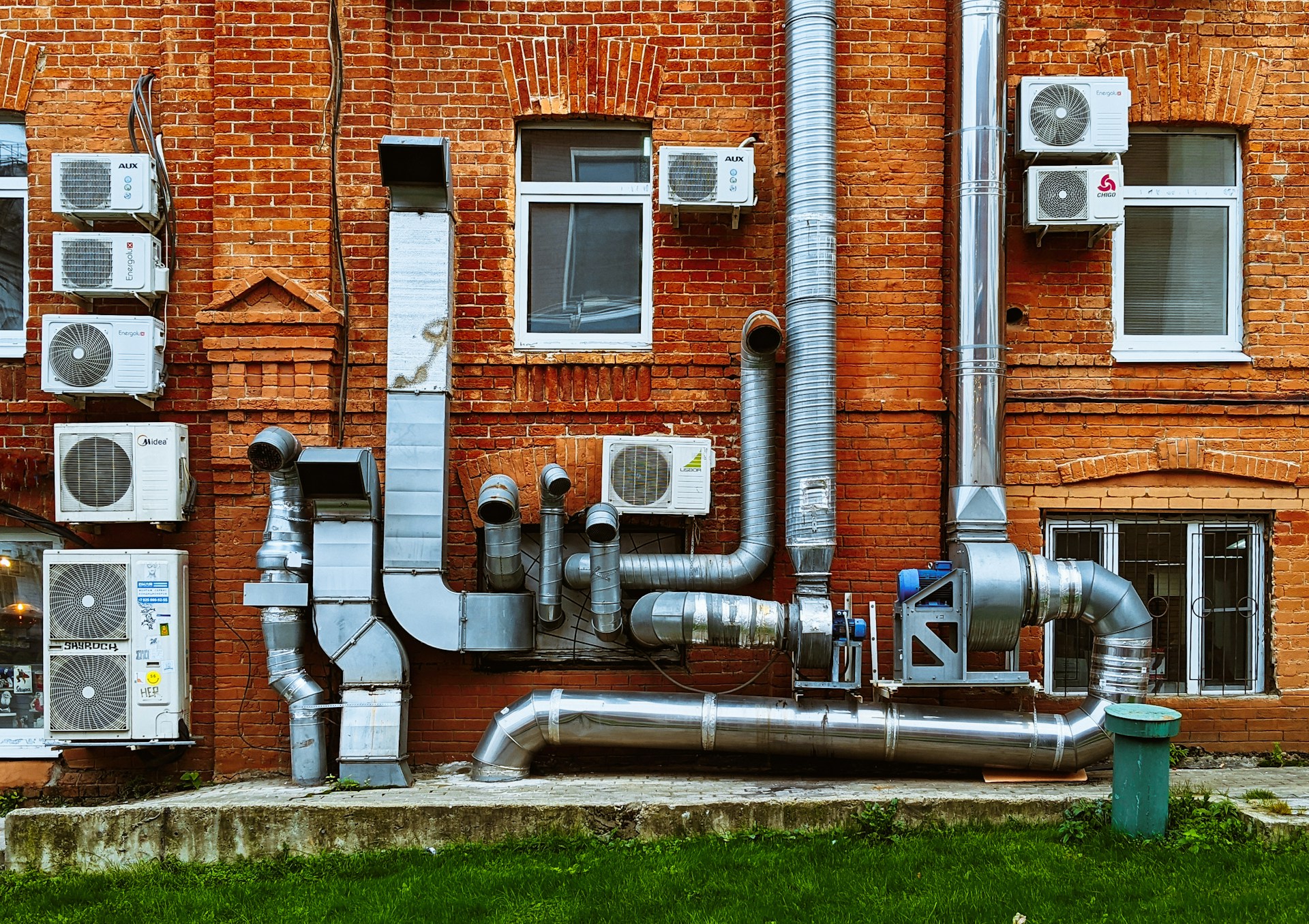In the bustling realm of culinary arts, the kitchen is both a playground for creativity and a potential minefield for contamination. Cross-contamination in the kitchen is a silent adversary that can transform your gourmet dreams into a nightmare of illnesses.
This blog post aims to guide you through the intricacies of safety by understanding contamination, highlighting methods to prevent it, and ensuring a seamless cooking experience free from health hazards. Our exploration will cover essential tips and practices, ensuring your kitchen creations are both delightful and safe.
What is Cross-Contamination?
Defining Cross-Contamination
This occurs when harmful bacteria or allergens are unintentionally transferred from one surface or food to another. This can happen through direct contact or indirectly via kitchen tools, surfaces, or even hands. Understanding this concept is crucial because it underpins many food safety protocols in both domestic and commercial kitchens.
Common Sources of Cross-Contamination
The primary culprits of contamination in kitchens include raw meats, poultry, seafood, and unwashed vegetables. These items often harbor bacteria like Salmonella and E.coli, which can easily spread to other foods if proper kitchen safety measures aren’t followed. Recognizing these sources helps in implementing effective preventive strategies.
The Impact on Health
The consequences of contamination can be severe, leading to foodborne illnesses that affect thousands annually. Symptoms range from mild stomach discomfort to severe dehydration and hospitalization. By recognizing the impact on health, we emphasize the importance of maintaining rigorous safety standards.
Kitchen Safety Basics
Importance of Proper Hygiene
Good hygiene is the first line of defense against contamination. This includes regular hand washing, using clean utensils, and maintaining a tidy cooking environment. Implementing these practices significantly reduces the chances of harmful bacteria spreading.
Essential Kitchen Equipment
Investing in quality kitchen equipment, such as color-coded cutting boards and separate utensils for raw and cooked foods, can drastically reduce the risk of contamination. Having distinct tools for different food types ensures that bacteria from raw meats do not come into contact with ready-to-eat foods.
Regular Sanitation Practices
Ensuring kitchen surfaces are regularly sanitized is crucial. This means using disinfectants on countertops, handles, and sinks, especially after preparing raw foods. Regular sanitation helps maintain a healthy cooking environment, minimizing the risk of illnesses.
Understanding Foodborne Illnesses
Common Types of Foodborne Illnesses
These illnesses, caused by consuming contaminated foods, are often linked to pathogens like Norovirus, Campylobacter, and Listeria. Understanding these common types helps in identifying symptoms early and taking corrective measures swiftly.
Symptoms and Treatment
Symptoms of illnesses include nausea, vomiting, diarrhea, and abdominal cramps. Knowing these signs allows for rapid response and medical attention. Treatment often involves hydration and rest, but severe cases may require medical intervention.
Prevention Through Education
Educating yourself and others on the risks and prevention strategies for illnesses is vital. Awareness campaigns and food safety workshops can play a significant role in disseminating crucial information and promoting community health.
Implementing Safe Cooking Practices
Cooking Temperatures Matter
Cooking foods to the appropriate temperatures is a critical aspect of safe cooking practices. Use a food thermometer to ensure meats reach the recommended internal temperatures, killing any harmful bacteria present.
Proper Food Storage
Storing food correctly, particularly perishables, is essential for preventing spoilage and contamination. This includes using airtight containers and keeping foods at the right temperatures to inhibit bacterial growth.
The Role of Import and Export Certificates
An import and export certificate ensures that food manufacturing processes meet safety standards before food products reach consumers. These certificates validate that foods are handled and processed under safe conditions, minimizing the risk of contamination entering your kitchen.
Effective Sanitation Tips
Cleaning vs. Sanitizing
Cleaning and sanitizing are two distinct processes crucial for safety. Cleaning removes dirt and food residues, while sanitizing kills bacteria on surfaces. Both steps are necessary to maintain a safe cooking environment.
Recommended Cleaning Products
Choose cleaning products that are effective against a wide range of bacteria. Products with bleach or alcohol are excellent for sanitizing surfaces, while natural options like vinegar can be used for everyday cleaning.
Creating a Cleaning Schedule
Establishing a regular cleaning schedule helps keep your kitchen safe and orderly. This should include daily, weekly, and monthly tasks, ensuring that every part of your kitchen is consistently maintained.
Building a Culture of Kitchen Safety
Training and Awareness
Whether in a home or professional setting, educating all kitchen users about safety protocols is vital. Training sessions and awareness programs can significantly enhance overall compliance with best practices.
Monitoring and Improvement
Regularly assessing your safety practices and seeking improvements is crucial for long-term success. This can involve reviewing sanitation methods, updating equipment, and staying informed about new safety guidelines.
Community Involvement
Engaging with the community through workshops and discussions about safety can spread awareness and foster a culture of shared responsibility in food safety, benefiting public health collectively.
Conclusion
Understanding contamination in the kitchen is more than just a safety measure; it’s a commitment to creating a healthier environment for yourself and others.
By implementing safe practices and rigorous sanitation tips, you significantly reduce the risk of illnesses. Remember, safety is an ongoing process requiring vigilance, education, and community involvement.
For those eager to explore further, consider engaging with local food safety workshops or online resources dedicated to enhancing your culinary safety knowledge. Let’s work together to make our kitchens not only havens of creativity but also sanctuaries of safety.





